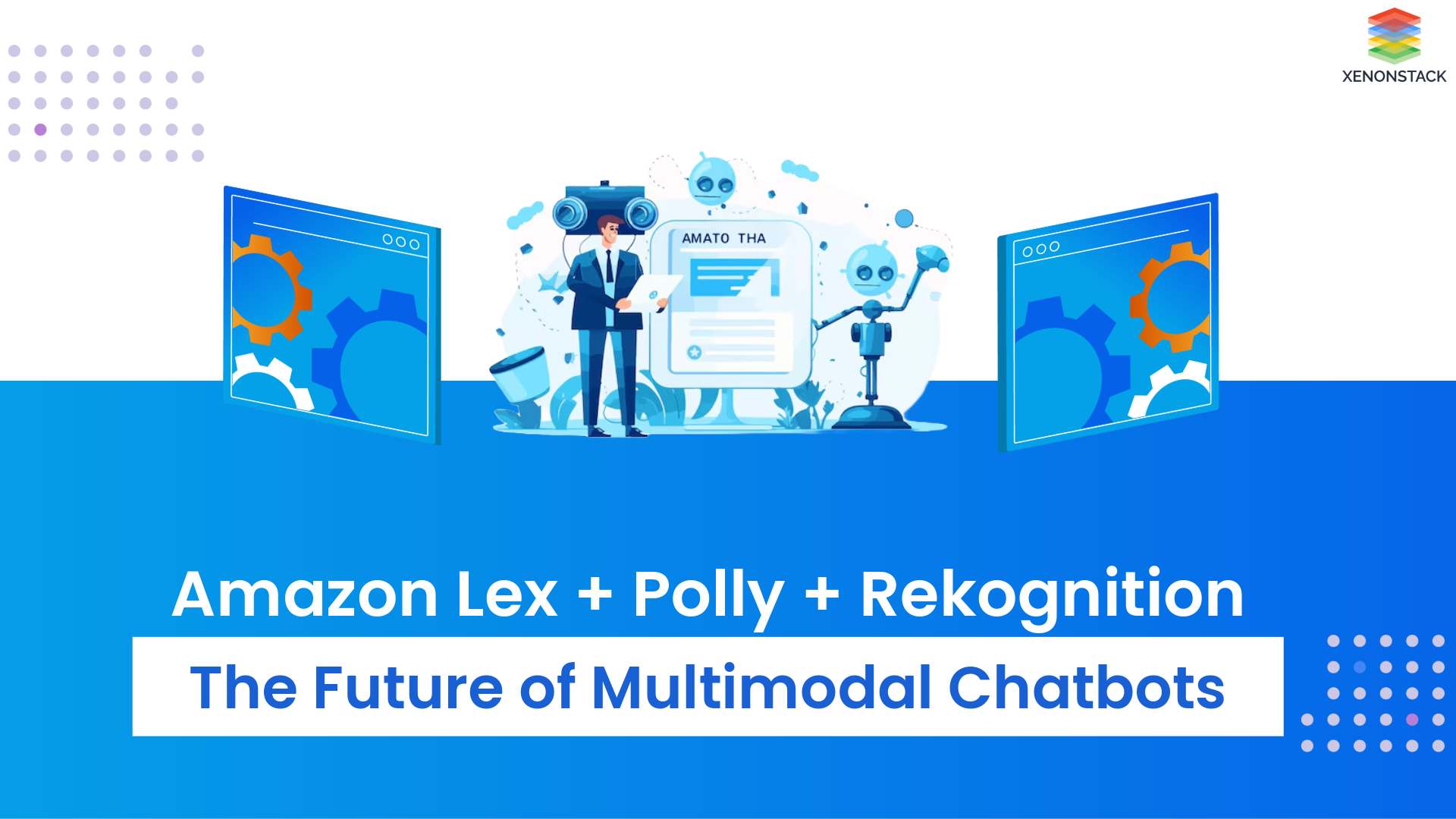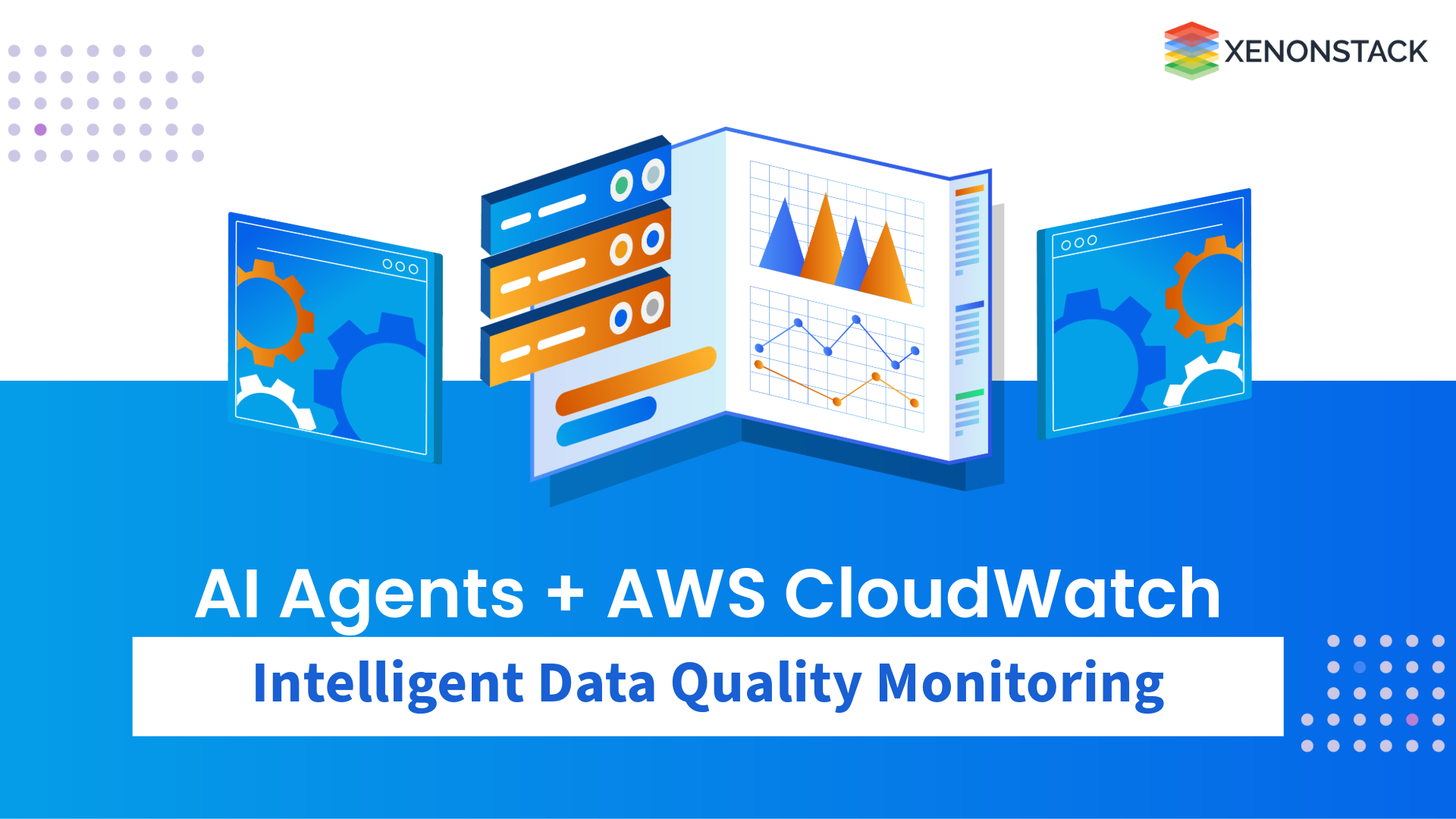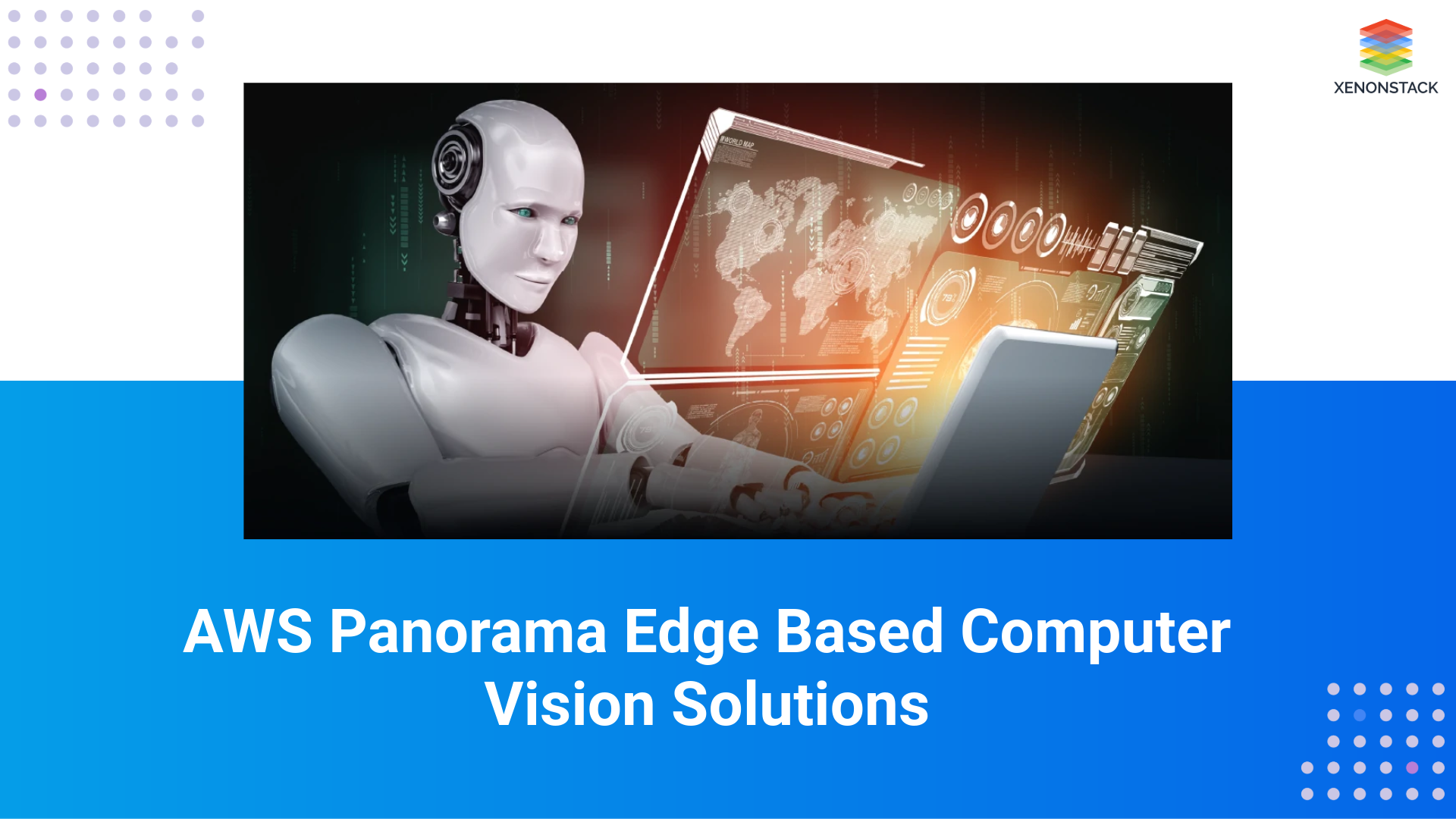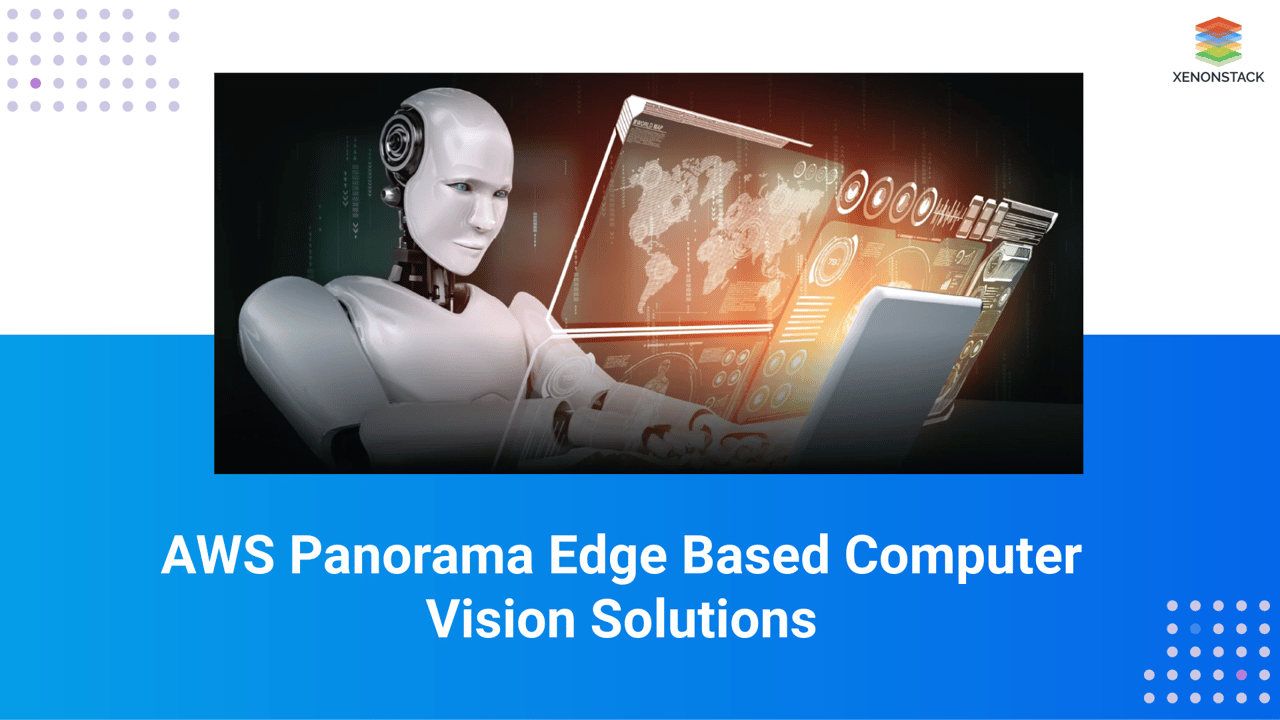
Implementing AWS Panorama
Before implementing AWS Panorama, ensure to have the following:
- An AWS Account with access to AWS Panorama services.
- An AWS Panorama Appliance or a compatible edge device.
- IP cameras supporting RTSP or ONVIF.
- A computer vision model, either pre-trained by AWS or custom-trained using Amazon SageMaker.
Set Up the AWS Panorama Appliance
-
Installation: Integrate the AWS Panorama Appliance into your local network, ensuring it has access to your existing IP cameras.
-
Registration: Register the appliance with AWS Panorama through the AWS Management Console.
-
SDK Utilization: Utilize the Python-based AWS Panorama Application SDK to capture camera frames and perform machine learning inference on image data.
-
Model Compatibility: Use models trained in popular frameworks like TensorFlow, PyTorch, or MXNet. The appliance supports running models using NVIDIA TensorRT, Amazon SageMaker Neo, or custom machine learning runtimes.
Deploy and Manage Applications
-
Packaging: Package your application code, models, and configuration files for deployment.
-
Deployment: Deploy the packaged applications to the AWS Panorama Appliance via the AWS Management Console.
-
Monitoring: Set up Amazon CloudWatch alarms to monitor the application's performance and detect potential issues.
Integration with Other AWS Services
-
Data Storage: Amazon S3 stores application assets and processed data.
-
Notifications: Integrate with Amazon Simple Notification Service (SNS) to send alerts based on specific events detected by your CV applications.
-
Data Analysis: Utilize Amazon DynamoDB to record and analyze data for applications like retail analytics.
By following these steps, organizations can effectively develop and deploy computer vision applications using AWS Panorama, enabling real-time insights and decision-making at the edge.
Advantages of Using AWS Panorama
AWS Panorama provides a decisive edge AI solution for computer vision (CV) applications, delivering real-time analytics while minimizing cloud dependency. Here’s a deeper look into the key advantages of using AWS Panorama:
Cost Efficiency: Panorama delivers significant cost savings by processing video streams locally. The system reduces bandwidth costs by eliminating the need to send high-resolution video data to the cloud continuously. It optimizes infrastructure usage by reducing reliance on expensive cloud GPUs for real-time inference.
Enhanced Security & Compliance: A key advantage is that video data never leaves the local network, providing robust security benefits. This local processing ensures data privacy by preventing sensitive information from being exposed to unauthorized parties. The system helps organizations meet industry regulations like GDPR and HIPAA by avoiding unnecessary data transfer.
Scalability for Large Deployments: AWS Panorama is engineered to support multiple video feeds and AI models simultaneously, making it ideal for large-scale environments. In smart cities, it can analyze traffic patterns, monitor pedestrian activity, and optimize urban infrastructure.
Practical Applications of AWS Panorama
The ability to efficiently operate at the edge in many different businesses addresses real-time analytics problems and creates real business value. Below are examples of practical applications:
-
Airports: The Cincinnati/Northern Kentucky International Airport (CVG) implemented AWS Panorama to monitor over 70,000 square feet of traffic lanes. The system detects issues such as disabled vehicles and sends real-time alerts to staff, ensuring smooth traffic flow and reducing passenger delays.
-
Food Processing: Tyson Foods collaborated with AWS to develop a CV solution for counting packaged products on their production lines. This automation enhances inventory management and operational efficiency.
-
Retail: Retailers can use AWS Panorama to analyze customer traffic patterns, optimize store layouts, and manage queues, improving the overall customer experience.
Conclusion of AWS Panorama for Edge-based Computer Vision Applications
AWS Panorama is a powerful solution that brings AI-driven computer vision to the edge, enabling businesses to extract real-time insights from their existing video infrastructure. By integrating deep learning models into on-premises cameras, organisations can improve operational efficiency, enhance security, and automate decision-making.
Whether deployed in manufacturing, retail, logistics, or public safety, AWS Panorama empowers businesses to harness the full potential of edge computing, transforming traditional surveillance into intelligent vision systems. AWS Panorama stands at the forefront as edge AI continues to evolve, driving innovation and efficiency in industries worldwide.
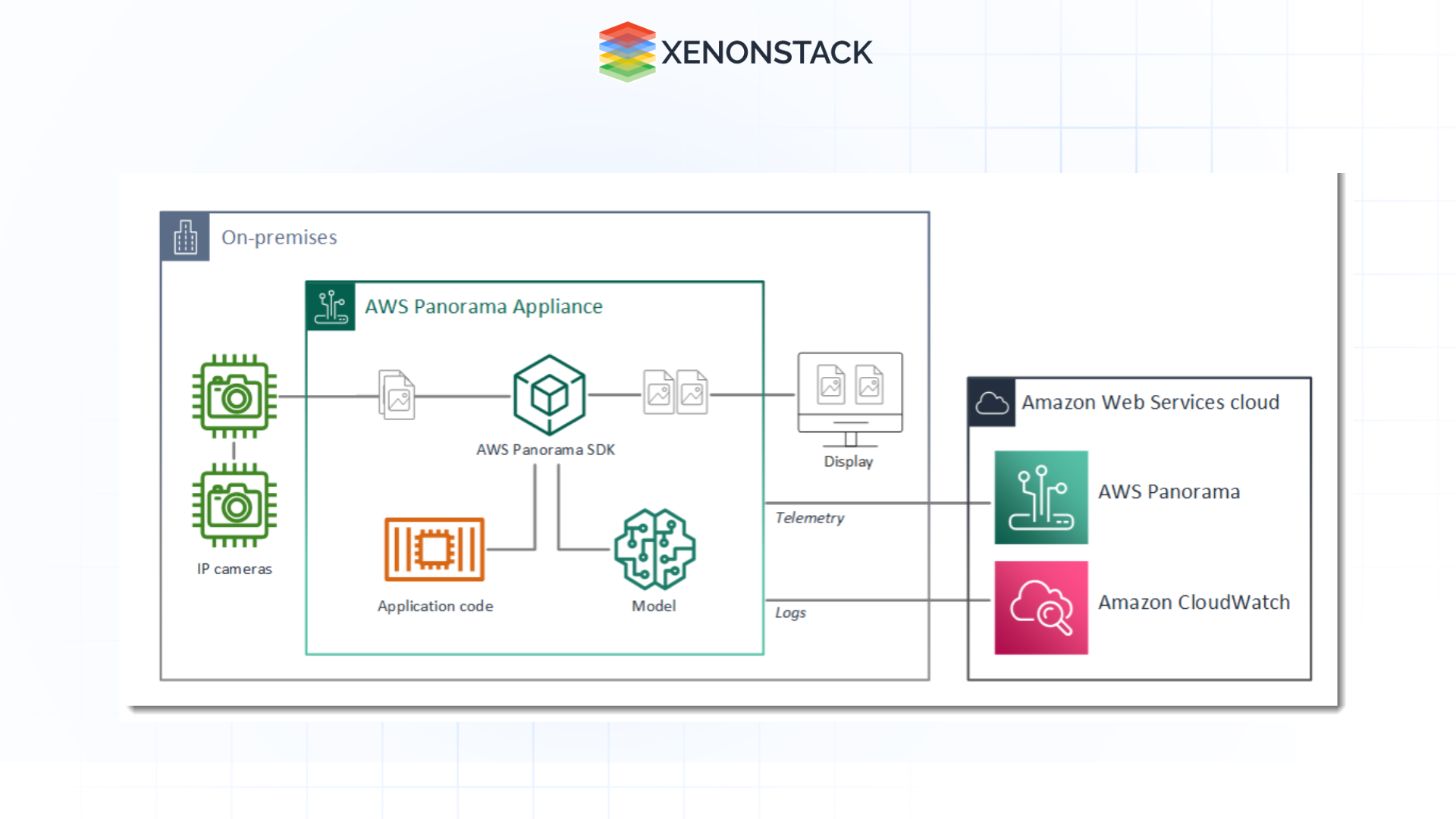 Figure 1: AWS Panorama
Figure 1: AWS Panorama 

